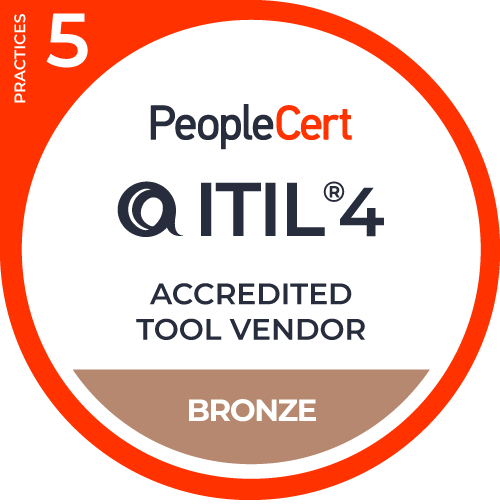Want to know more about doing problem management well? If so, then this blog is for you. Problem management is the IT service management (ITSM) practice that improves service quality by preventing recurring issues or at least reducing their impact. Here are ten tips that will help your organization to deliver an effective problem management capability.
Tip #1: Look at what you already have in place
So many people get stressed out about how to get started, but the reality is that you’re probably doing some sort of problem management already. Do your service desk analysts help users to install a backup printer in case their nearest one breaks? That’s a “workaround”! Do your technical support teams have notes on the most commonly occurring issues and how to fix them? That's the beginnings of a “known error database”! Start by looking at what you have in place already and build from there.
Tip #2: Reduce aged incidents
As long as we’ve IT requirements there’ll always be aged incidents or incidents that are still ongoing way after the service level agreement (SLA) target has been passed. As an IT organization it’s all too easy to be so focused on firefighting the new stuff, such that the aged tickets (that are more difficult to fix) remain in the queue. But take it from us, there’s nothing more embarrassing than being sat in a service review meeting to be confronted with a handful of tickets that are months, if not years, old. So, take some time to go through your oldest tickets as part of your problem management efforts.
Tip #3: Review major incidents
One potential problem management quick win is to carry out root cause analysis meetings after every major incident. Due to the impact and visibility of major incidents anything that looks at what went wrong, understands the root cause, and identifies both a fix and actions to prevent a recurrence has got to be a win.
Tip #4: Tackle “frequent flyers”
Ask the service desk what issues they see day-in-day-out. From password resets (can these be routed via self-help?) to month-end performance issues, look at these “frequent flyers” to see if any of them can be addressed, mitigated, or automated.
Tip #5: Keep the service desk informed
Tell the service desk when you raise problems and known errors such that they can relate new incidents to the correct problem record. When notifying the service desk include the following information:
- Problem reference
- Problem description
- The support team that’s investigating
- Any third-party reference or ticket details
- Details of any workarounds
Tip #6: Start raising problems
Start by logging problem records to track the “get well” actions from major incidents or to progress aged incidents. When raising problem records make sure you capture:
- Problem description
- Priority (preferably using the same or a similar priority matrix as your incident management process)
- The support team investigating and the details of any vendor support
- A summary of current fix efforts
- Date of next status update
Tip #7: Progress to known errors
Raise known error records to document recurring issues and their workarounds. If a permanent resolution has been identified, work with change management to ensure that the change has been raised and has the appropriate level of support through the review, approval, and implementation stages.
Tip #8: Carry out problem reviews
All too often, problem management is seen as the place that old incidents go to die. Instead, make sure you have regular updates from support teams so that you know each problem is being worked on and you can report on them accordingly.
Tip #9: Get proactive
Start looking to get ahead of the game. Formalize your review of the aforementioned “frequent flyers” and look at raw data extracted from your incident management tool such that you can get a real handle on current trends. If you’re unsure where to start, look at:
- Incidents by affected service
- Incidents by support team
- Incidents by priority
- Incidents by affected user group
- Incidents by affected location
Tip #10: Stay proactive
Deal in your continual improvement personnel such that you can add the proactive content to their CSI register. This way, the visibility of outstanding problems is raised, and you may also get additional support.
So that’s our top ten tips for problem management. What would you add to this list? Please let us know in the comments.


